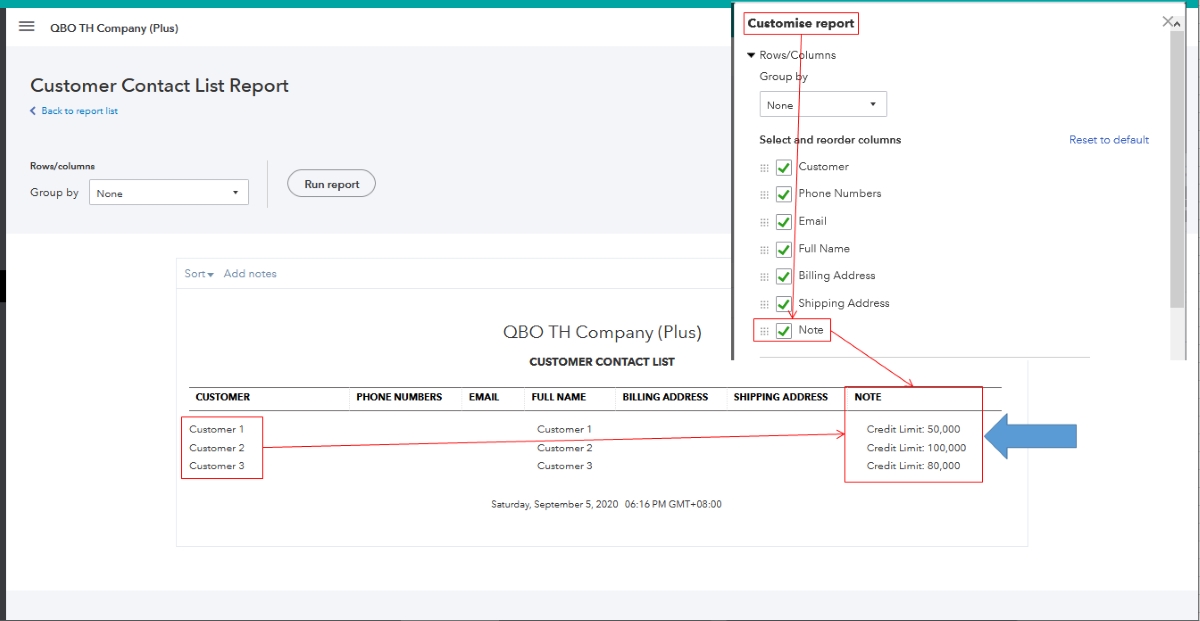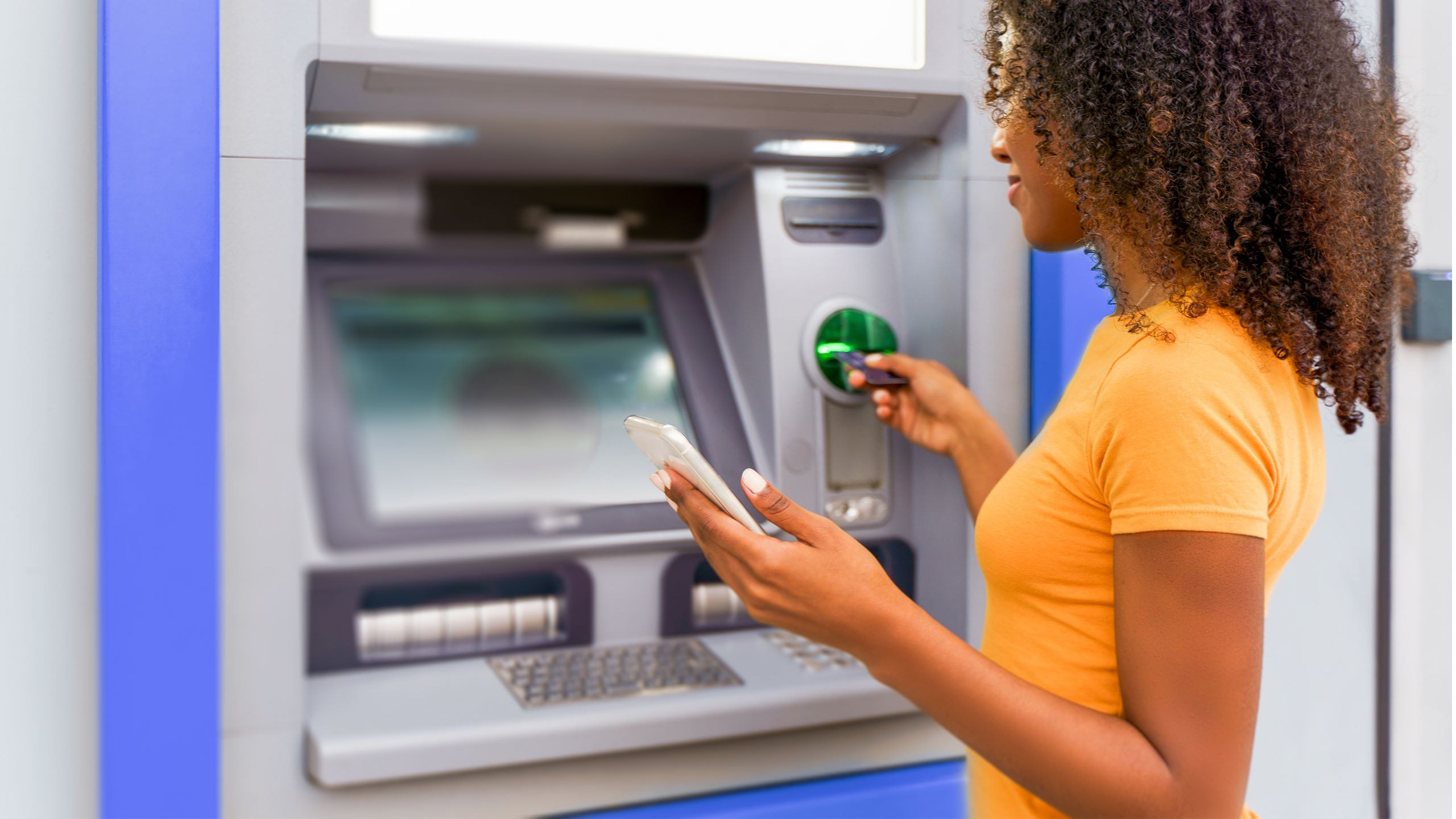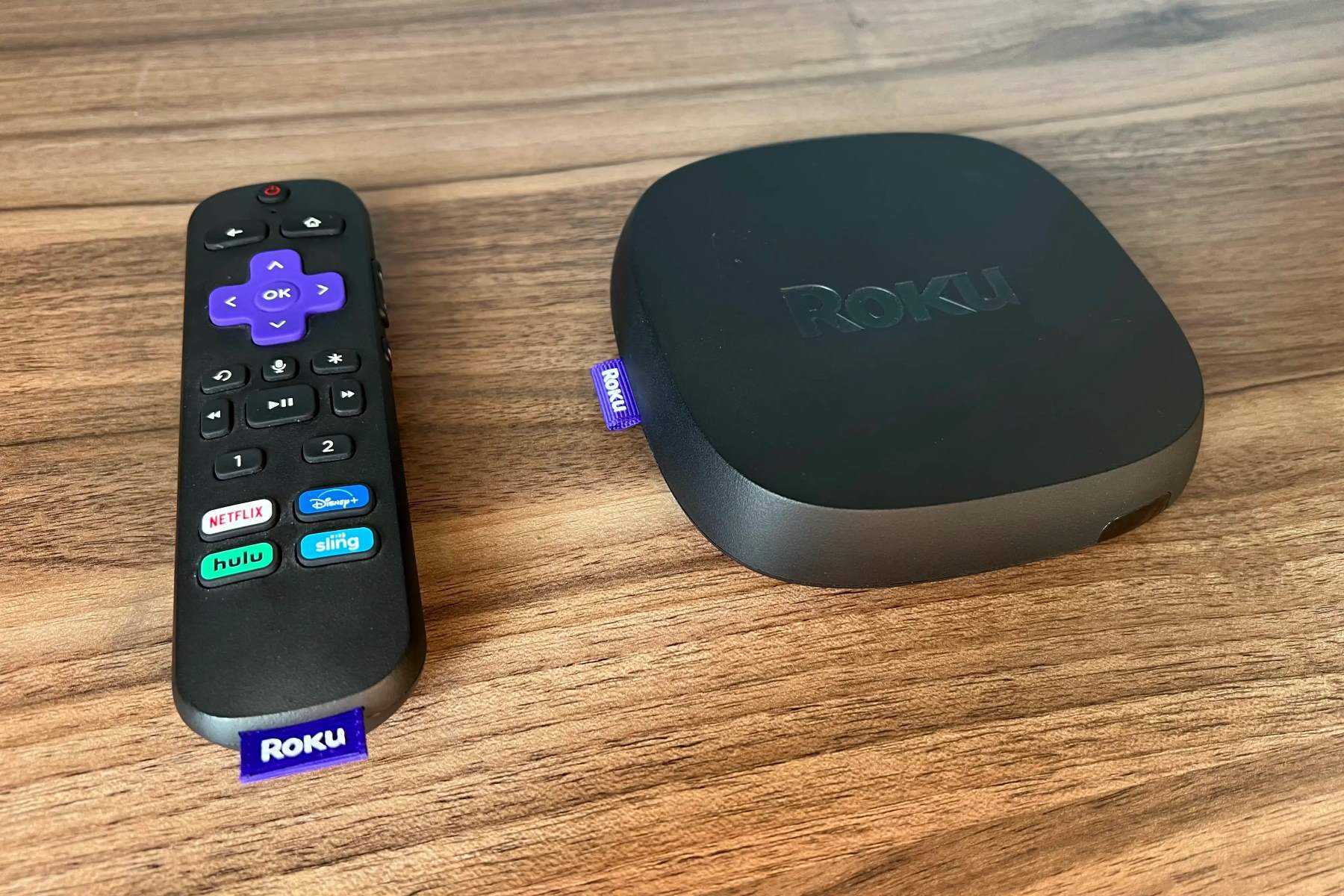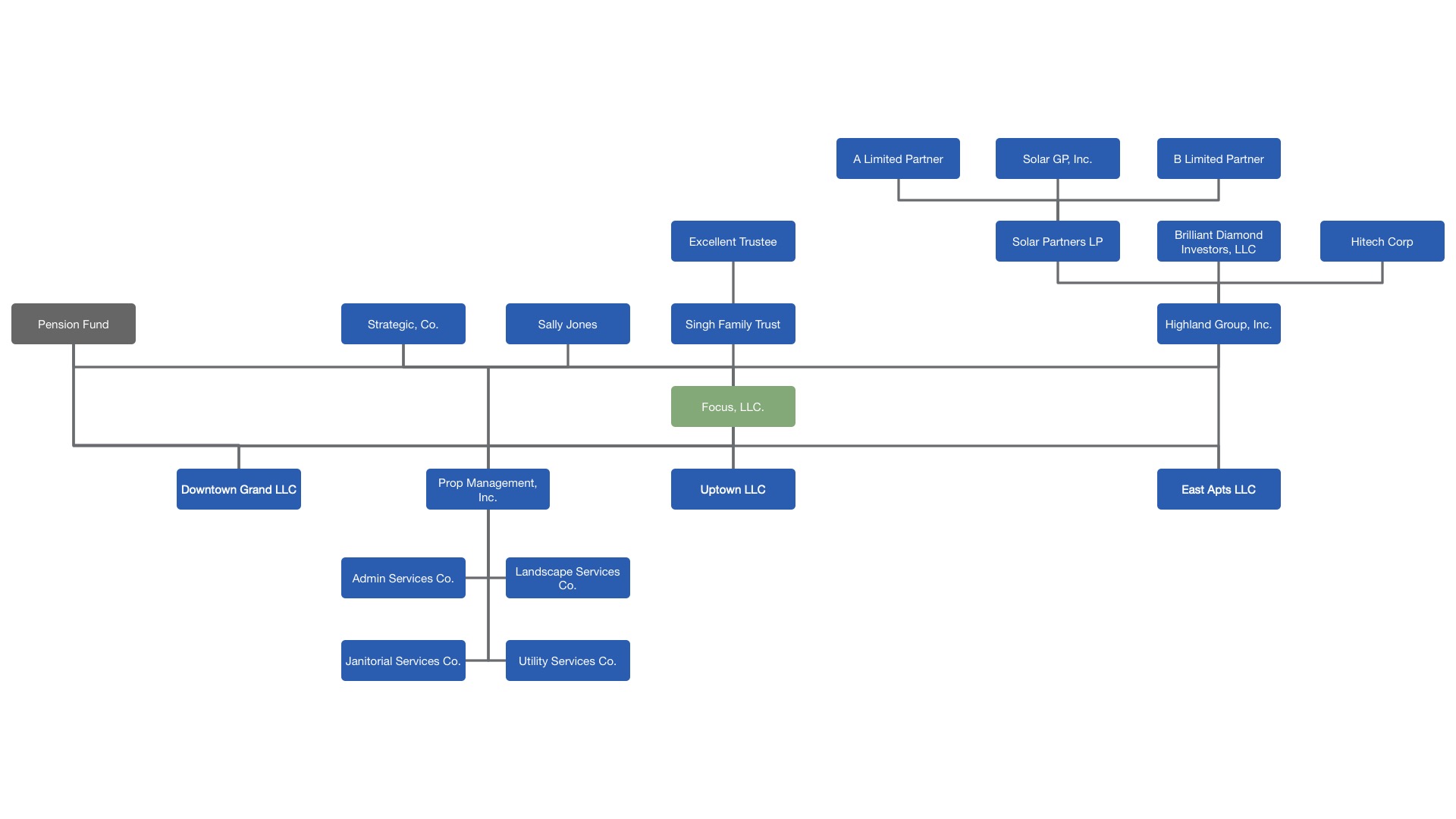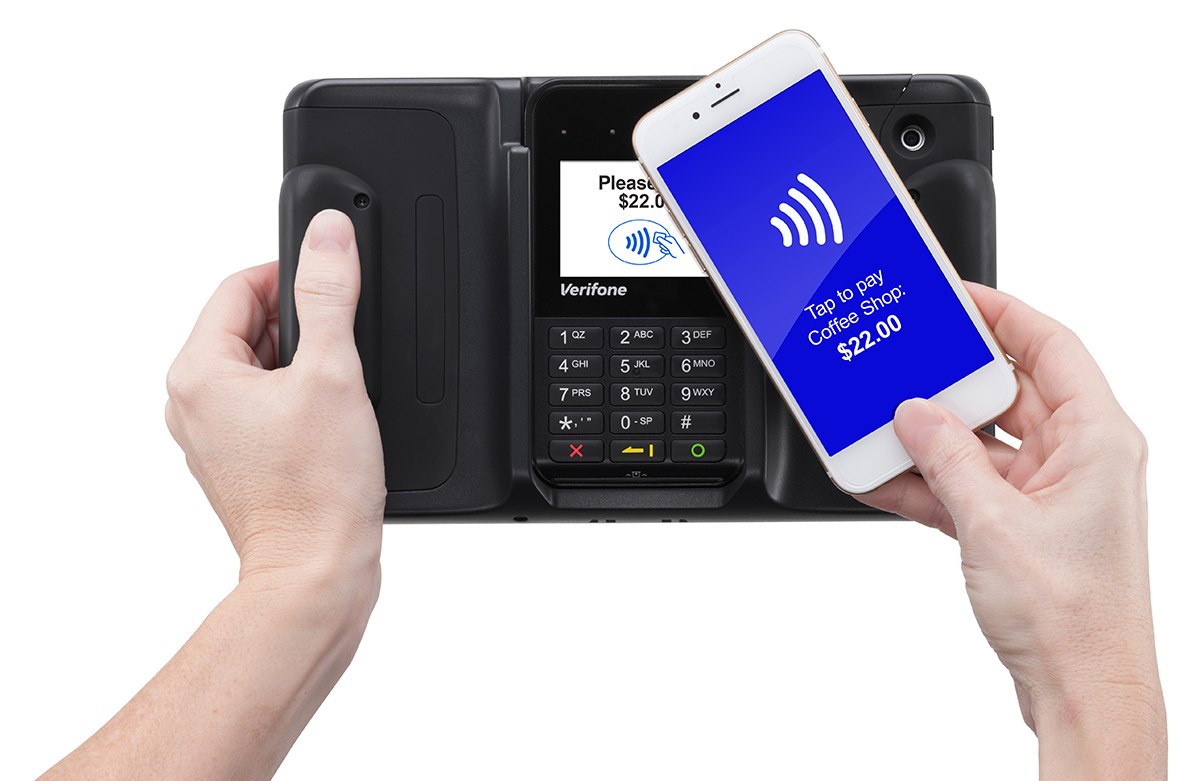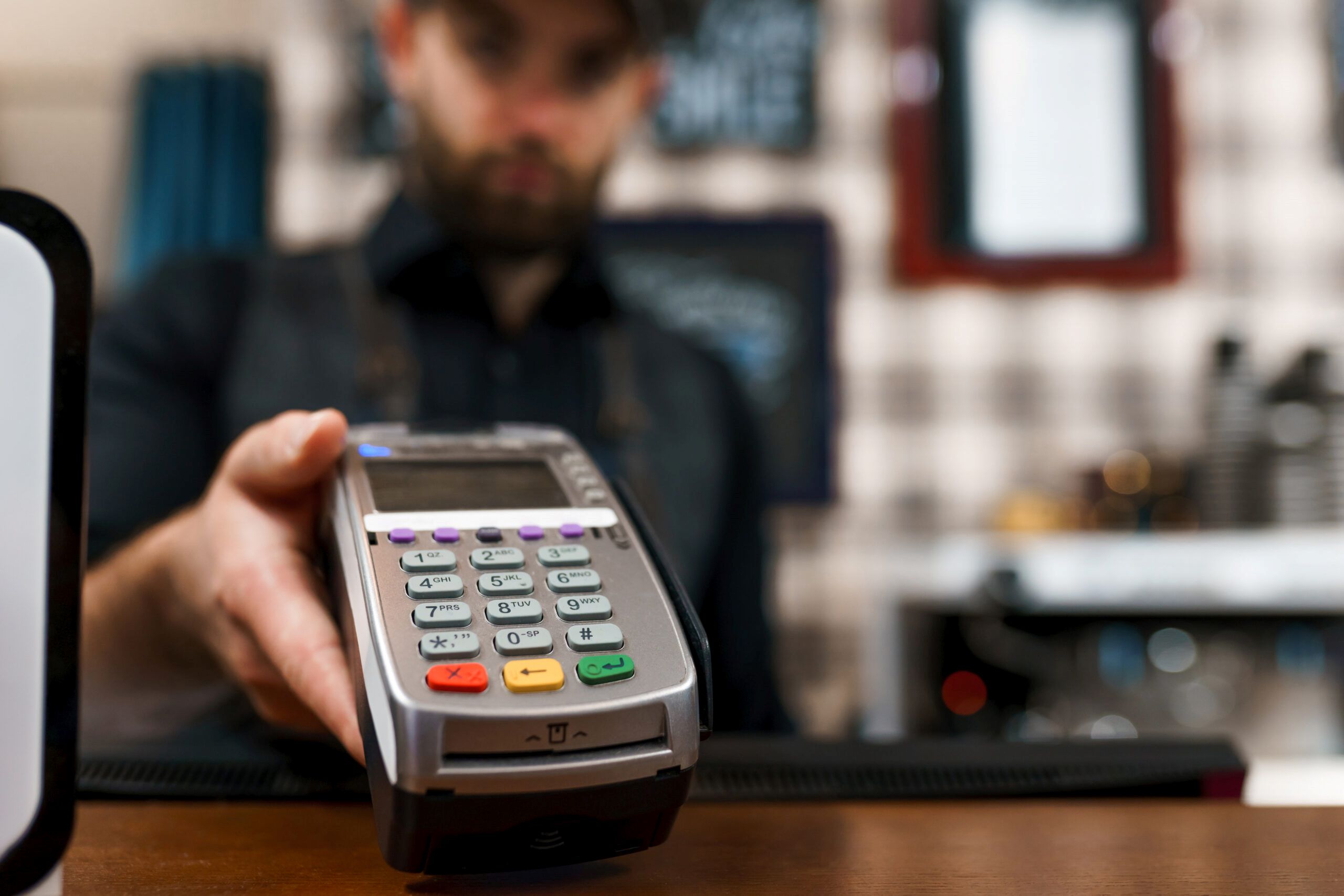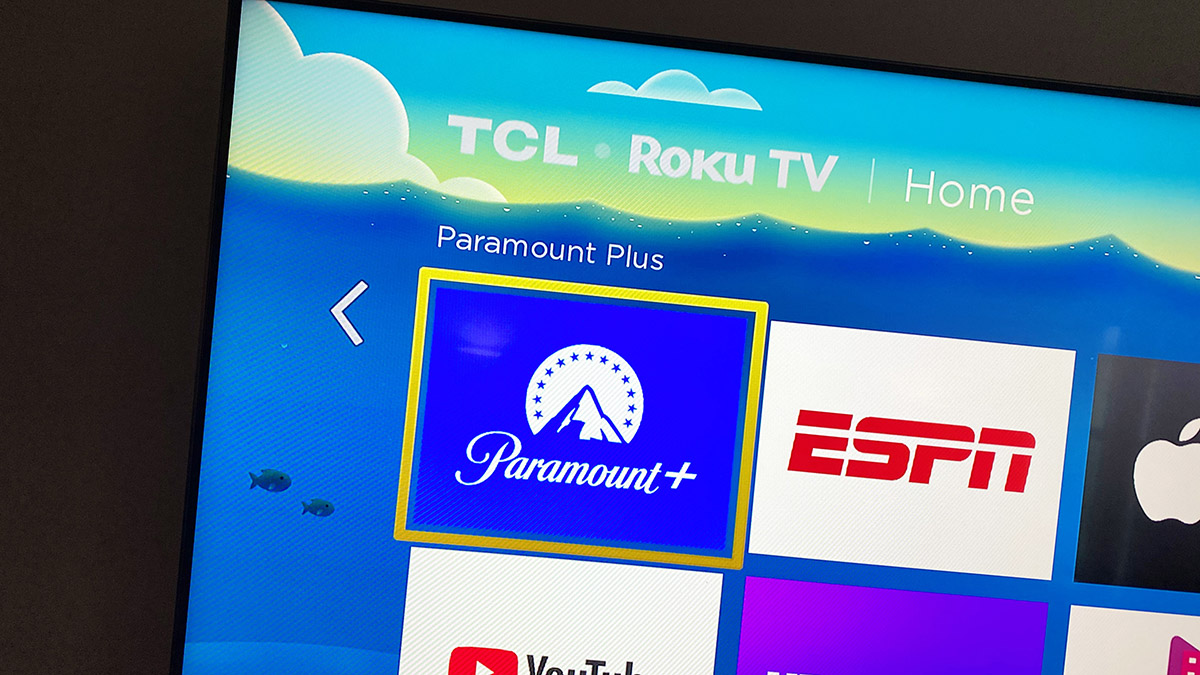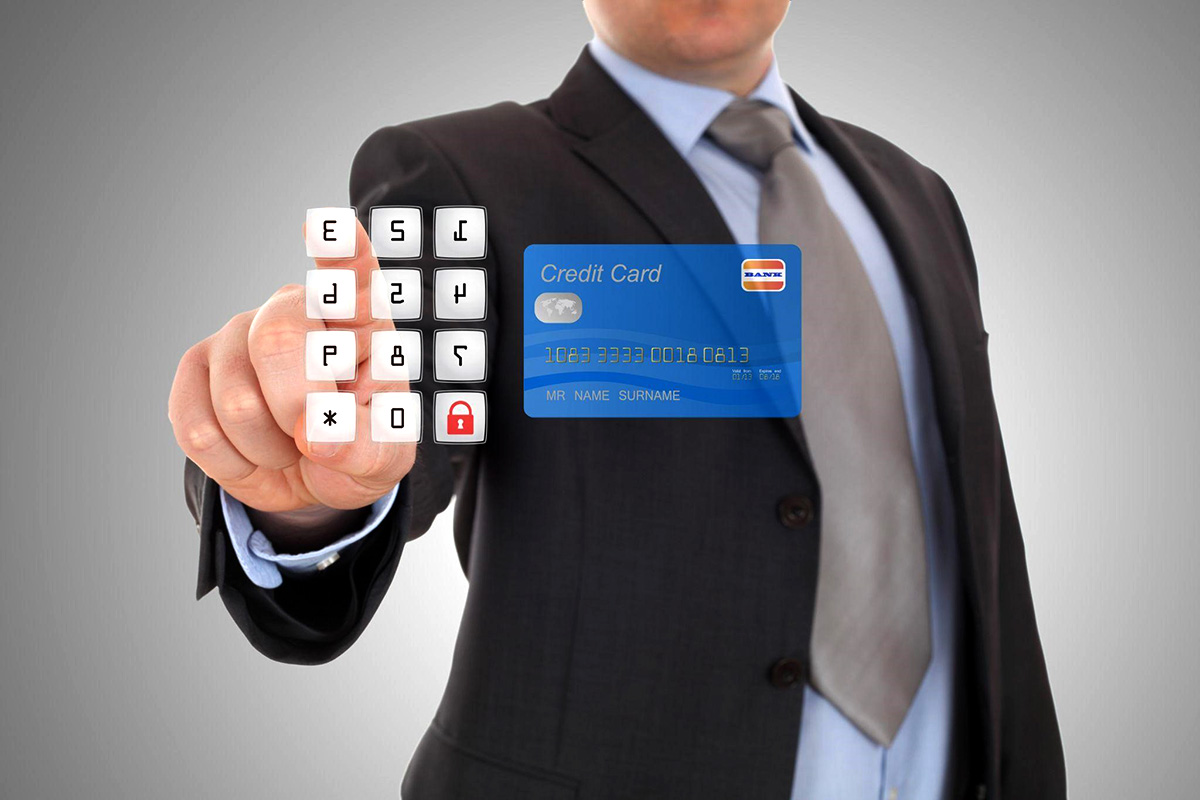

Finance
How To Set Up A Pin For A Credit Card
Modified: February 21, 2024
Learn how to set up a PIN for your credit card in a few simple steps and ensure the security of your finances.
(Many of the links in this article redirect to a specific reviewed product. Your purchase of these products through affiliate links helps to generate commission for LiveWell, at no extra cost. Learn more)
Table of Contents
Introduction
Welcome to the world of credit cards! As you embark on this financial journey, understanding how to set up a Personal Identification Number (PIN) for your credit card is crucial. A PIN adds an extra layer of security to your transactions, providing peace of mind and protecting you against unauthorized use.
In this comprehensive guide, we will walk you through the step-by-step process of setting up a PIN for your credit card. Whether you are a first-time credit card user or simply need a refresher, this article will equip you with the necessary knowledge to ensure a seamless and secure experience.
Before we delve into the details, it’s important to note that different credit card issuers may have slightly different processes for setting up a PIN. However, the general principles outlined in this guide should apply across the board. As always, it’s best to refer to your specific credit card issuer’s instructions for any variations.
With that said, let’s get started on setting up your PIN and unlocking the full potential of your credit card!
Step 1: Gathering Required Information
Before you begin the process of setting up a PIN for your credit card, it’s essential to gather the necessary information. Having everything at hand will make the process smoother and help you avoid any delays or confusion.
Here’s a checklist of the information you’ll typically need:
- The credit card itself: Ensure that you have the physical card in your possession. You will need it to access the necessary details and complete the PIN setup process.
- Identification documents: Depending on your credit card issuer, you may be required to provide identification documents, such as a driver’s license, passport, or Social Security number. Have these documents readily available to expedite the process.
- Contact information: Make sure you have accurate contact information, such as your phone number and email address, readily available. You may need to provide this information during the PIN setup process.
- Security questions: Some credit card issuers may require you to answer security questions for added verification. Take note of these questions and have the answers ready.
- Online banking credentials (if applicable): If you already have an online banking account with the credit card issuer, ensure that you have your login credentials on hand. You may need to access your account during the PIN setup process.
By gathering all the required information upfront, you’ll be well-prepared to navigate through the subsequent steps with ease. It’s always a good practice to double-check and ensure that all the information you provide is accurate and up-to-date.
Once you have everything you need, you’re ready to move on to the next step: activating your credit card.
Step 2: Activating Your Credit Card
Before you can set up a PIN for your credit card, you must first activate it. Credit card activation is a vital step to ensure that your card is ready for use and to prevent any potential fraudulent activity.
The activation process can vary depending on the credit card issuer, but here are the general steps to activate your credit card:
- Read the instructions: Carefully review any activation instructions that come with your credit card. This information may be provided in a welcome letter, an email, or through the credit card issuer’s online portal.
- Choose an activation method: Credit card issuers typically provide multiple activation methods. Common options include activating your card online through the issuer’s website, calling a dedicated activation hotline, or using an automated phone system.
- Follow the prompts: Regardless of the activation method you choose, closely follow the prompts and provide the requested information. This usually includes verifying your identity, providing your credit card number, and potentially answering some security questions.
- Confirm activation: Once you have successfully provided the necessary information, you will receive confirmation that your credit card has been activated. This confirmation may be provided through a message on the website or a confirmation number given over the phone.
It’s important to remember that activating your credit card does not automatically set up your PIN. Activation merely ensures that your card is ready for use. The PIN setup process typically needs to be completed separately.
With your credit card now activated, you’re ready to proceed to the next step: accessing the PIN setup option.
Step 3: Accessing the PIN Setup Option
Once your credit card is activated, you can proceed to set up your PIN. Accessing the PIN setup option may vary depending on the credit card issuer, but there are a few common methods to consider.
Here are the general steps to access the PIN setup option:
- Online banking portal: If you have an online banking account with the credit card issuer, log in to your account. Look for the option to manage your credit card or account settings. Within these settings, you should find an option to set up or change your PIN.
- Mobile banking app: Many credit card issuers offer mobile banking apps that allow you to manage your credit card. Launch the app and navigate to the credit card settings or account management section. Look for the option to set up or change your PIN.
- Customer service hotline: If you’re unable to access the PIN setup option through online banking or a mobile app, reach out to the credit card issuer’s customer service hotline. Explain that you would like to set up a PIN for your credit card, and they will guide you through the necessary steps.
- ATM machine: In some cases, credit card issuers may require you to set up your PIN at an ATM machine. Check with your credit card issuer to see if this option is available.
It’s important to note that not all credit card issuers offer online or mobile options for PIN setup. In such cases, contacting customer service or visiting an ATM may be your best course of action.
Once you have successfully accessed the PIN setup option, you can proceed to choose and set up your PIN. This next step will ensure that your credit card transactions are securely protected.
Step 4: Choosing and Setting Up Your PIN
Now that you have accessed the PIN setup option, it’s time to choose and set up your Personal Identification Number (PIN). Your PIN is a unique four-digit code that will be used to authenticate your credit card transactions.
Follow these steps to choose and set up your PIN:
- Choose a unique PIN: Select a four-digit number that is easy for you to remember but difficult for others to guess. Avoid using common combinations like birthdates, anniversaries, or sequential numbers, as these can be easily guessed by potential fraudsters.
- Avoid obvious patterns: Ensure that your chosen PIN does not follow a predictable pattern, such as consecutive numbers or repeating digits. Again, the goal is to make it difficult for someone to guess your code.
- Consider randomizing your PIN: For added security, you may want to randomize your PIN by choosing a series of numbers that have no personal significance to you. This can make it even more challenging for someone to guess your code.
- Enter your PIN: Once you have chosen your four-digit PIN, enter the numbers as prompted on the PIN setup page or at the ATM machine. Take care to accurately input each digit to avoid any errors.
Remember to keep your PIN confidential and never share it with anyone. Your PIN is the key to accessing your credit card’s funds, and keeping it private is crucial to protecting yourself against fraud.
Once you have successfully set up your PIN, the next step is to confirm the code to ensure its accuracy.
Step 5: Confirming Your PIN
After selecting and entering your desired four-digit Personal Identification Number (PIN), it’s important to confirm the accuracy of the code. Confirming your PIN ensures that there are no errors in the input and that you will be able to successfully use it for your credit card transactions.
Here’s how to confirm your PIN:
- Re-enter your PIN: On the PIN setup page or at the ATM machine, you will be prompted to re-enter your selected PIN. Carefully input the four-digit code once again, being mindful of any potential mistakes.
- Compare the codes: After re-entering your PIN, compare it to the initial code you selected. Ensure that the two codes match exactly. If there is any discrepancy, start the process again and select a new, unique PIN.
If the confirmed PIN matches the initial selection, you can proceed with the confidence that your code has been accurately entered. This confirmation step helps to minimize the chances of entering the wrong PIN during a transaction and facing any issues or delays.
Once you have confirmed your PIN, the final step is to test it and ensure that it works correctly.
Step 6: Testing Your PIN
Now that you have set up and confirmed your Personal Identification Number (PIN), it’s essential to test it to ensure that it works properly. Testing your PIN will give you the confidence that your credit card transactions will be secure and hassle-free.
Follow these steps to test your PIN:
- Locate an ATM: Find a nearby ATM machine that accepts your credit card. Ensure that it is a secure and reputable machine.
- Insert your credit card: Carefully insert your credit card into the ATM machine, ensuring it is properly aligned and inserted in the correct direction.
- Enter your PIN: When prompted for your PIN, enter the four-digit code that you have set up and confirmed. Be sure to enter it accurately.
- Select a transaction: Follow the on-screen instructions to select a transaction, such as a balance inquiry or a cash withdrawal. This will allow you to see if your PIN is successfully accepted.
- Complete the transaction: If your PIN is accepted, proceed with the chosen transaction. If successful, this confirms that your PIN is functioning correctly.
- Keep your PIN secure: After testing your PIN, make sure to keep it confidential and secure. Avoid writing it down or sharing it with anyone.
If your PIN is not accepted during the test transaction, double-check that you entered it correctly. If you continue to have issues, contact your credit card issuer’s customer service for assistance. They can provide guidance and help resolve any problems you may encounter.
By testing your PIN, you can be confident in its functionality and protection. You are now ready to use your credit card for secure transactions with the added peace of mind that your PIN provides.
Conclusion
Congratulations! You have successfully set up a Personal Identification Number (PIN) for your credit card. By following the step-by-step process outlined in this guide, you have taken an important step towards ensuring the security and protection of your credit card transactions.
Remember, your PIN is a vital aspect of using your credit card safely. It adds an extra layer of security, helping to prevent unauthorized use and providing you with peace of mind.
Throughout this guide, we covered the necessary steps you need to take, including gathering the required information, activating your credit card, accessing the PIN setup option, choosing and setting up your PIN, confirming its accuracy, and testing it for functionality.
Now that you have a functional PIN, always keep it confidential and secure. Avoid sharing it with anyone and refrain from writing it down where it can be easily found.
If at any point you encounter issues with your PIN or have concerns about its security, don’t hesitate to contact your credit card issuer’s customer service. They are there to assist you and provide the necessary guidance.
By being proactive in setting up a PIN for your credit card and taking steps to protect your financial information, you are on the path to enjoying the convenience and benefits that credit cards offer while minimizing the risks associated with unauthorized use.
Now, armed with your PIN, confidently go forth and make secure transactions with your credit card!
